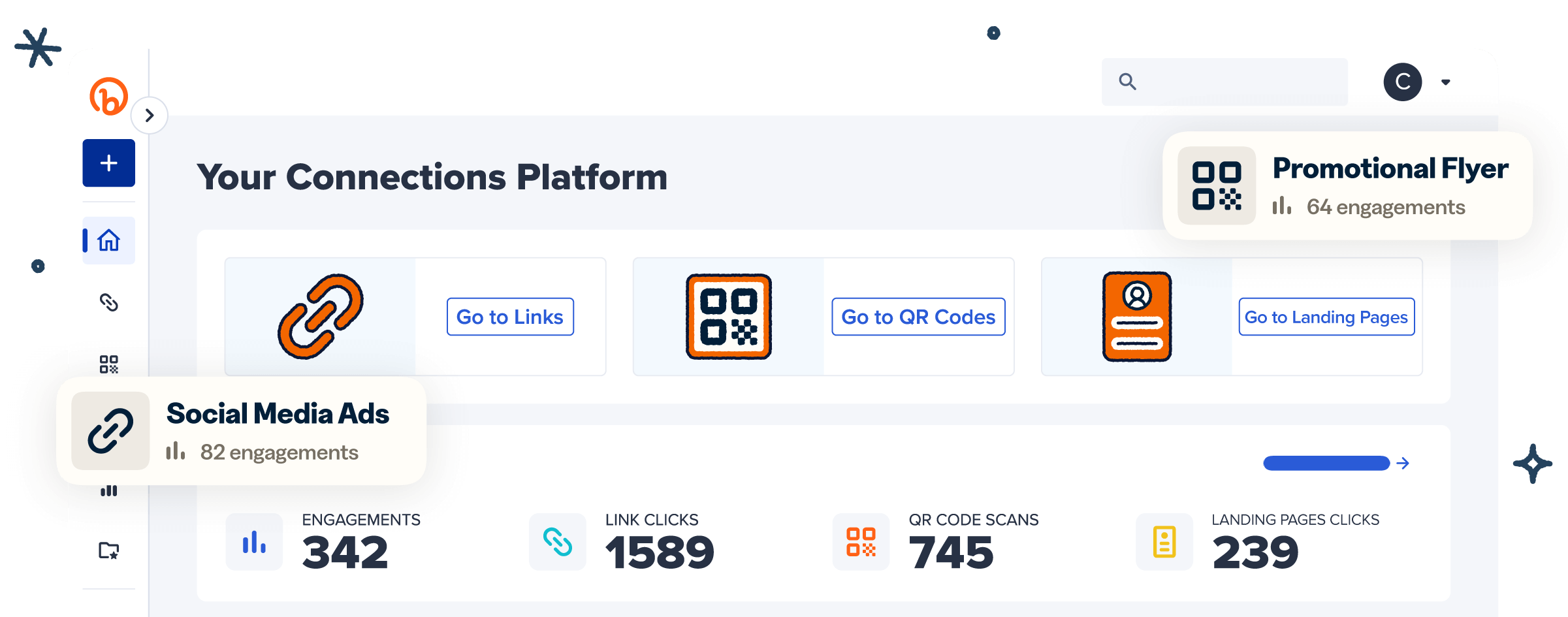
This is the first post of our three-part series educating marketers about the importance of mobile deep linking for app re-engagement. This was written by our CPO, Matt Thomson.
With apps consuming more and more of our time, digital marketers need to focus on app growth and engagement. And, as the cost of install and re-engagement ads continues to grow – and those ads become less effective – it’s time for marketers to again look for ways in the earned and owned markets to drive customer adoption. But first, there is a deeper problem standing in the way: mobile deep linking.
Mobile deep linking is the ability for marketers and developers to bring app users to a specific location within their app via a link. For a publisher, this might mean driving readers to the right article. For an e-commerce brand, this might mean driving customers to the right item to add to their cart.
For many marketers, deep linking is still a problem for developers to solve – but that’s changing quickly. The most mobile-forward marketers are already intelligently using deep links to drive activity back to their apps. The difference between leading marketers and those catching up is that the leading mobile marketers know how to ask developers the right questions about deep links.
One of the biggest hurdles for a mobile marketer is just finding the deep links to use in their marketing efforts – it’s not like you can just open a browser and CTRL+C a deep link. To make matters worse, your developers might have different deep link names in your iOS app vs your Android app. And, for some of you, your app may not have any deep links at all. URX, one of the new authorities on deep linking, found that only 8% of the top 200 apps even have deep links.
Before marketers can start using deep links to drive app installs and re-engagement, they need to be using the right vocab when asking developers about their deep links. Here are the three questions marketers should ask their developers:
– “What custom Scheme, Host, and Path in our iOS app should I use for my campaign?” If you’re looking to drive app users to your iOS app, then you need to ask for the Scheme, Host or Path. The Scheme is the first part of the deep link that tells the phone which app to open. Here’s a good writeup on Originate. In the example below, the Scheme is “Sportscenter.” A marketer creating this deep link would be driving the ESPN audience to the ESPN app.
– “What is the Intent Filter?” If you’re looking to drive users to your Android app, you might need to use different language since its a different platform. For Android apps, you’ll be asking about the Intent Filter. Intent Filters are just the Google/Android way of communicating across mobile devices. Here are the Android docs in case you want to check our work.
– “What is the URI is for this screen?”URI stands for Uniform Resource Identifier. For apps, the URI is the location within the app or the screen that you want to link to. (This is a shorthand way to ask for the same thing in questions 1 and 2.) In a typical web address, the URI is the path the link would follow to get to the right content. When you have the URI, you can directly link to the right page within your app from any campaign you run, provided your customer already has your app installed.
That’s it – and it’s a good start. Now that you’re armed with the right verbal currency and can find your deep links, you’re ready for part two: how to use deep links in your omni-channel campaigns to drive app re-engagement.



